How
To connect with a child’s or adolescent’s brain, we must first understand which developmental stage they are in and what sensitive period we are addressing. At Arimunani, we rely on neuroscience to set realistic goals tailored to each child’s stage and abilities—each one a unique and unrepeatable being whom we guide with respect for their pace, so they can fulfill their full potential in due time.
Our way of working is seeing who you are, loving you as you are, and laying out before you all the educational tools we know and master to spark your curiosity, awaken your active listening, and from there, guide your learning in an experiential, playful, and hands-on way for true and lasting integration of concepts.
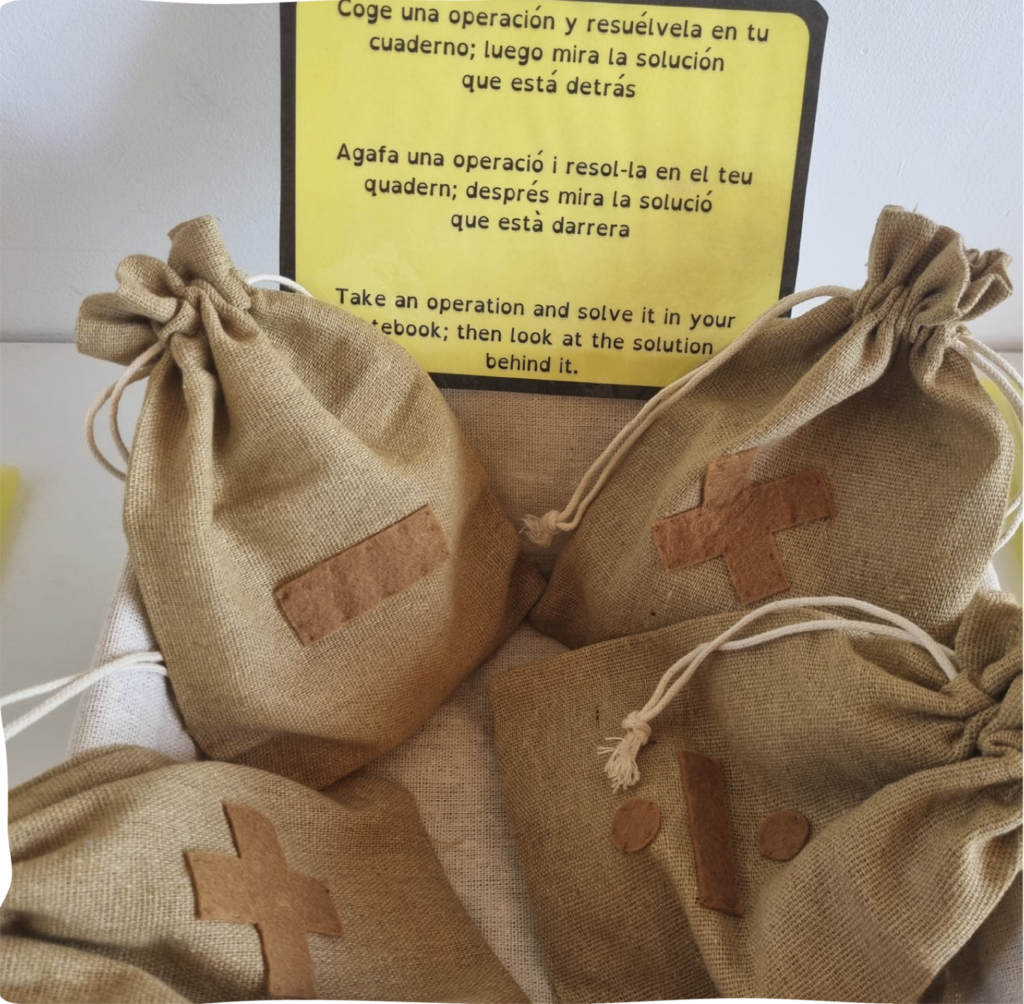
Our own educational method
We place ourselves at the forefront of education by creating our own pedagogical method, developed from a selection of principles inspired by the great educators who guide us. At the heart of this selection, we place a respectful approach to their proposals.
Maria Montessori
Introduction to literacy, design of spaces, materials, and sensitive periods in child development.
Pickler
Motor development, autonomy, boundaries, conflict resolution
Waldorf
Physicality, arts, color, fantasy, connection with nature.
Regio Emilia
Space and material design, project work
Democratic schools
Assemblies, decision-making, empowerment
Rebeca and Mauricio Wild
Emotional guidance, observation, adaptable spaces
Educational tools
Learning Environments – Workshops – Projects
Our method is based on academic, emotional, and social guidance, structured into three key pillars:
Meticulously prepared spaces where children can engage in the learning appropriate to each stage, whether academic or life-related. These spaces are enriched with cutting-edge pedagogical materials designed to support progressive and experiential learning.
It is a directed educational proposal. It focuses on a specific activity designed to work on a particular curricular content and to carry out a type of learning where the whole group works together in a playful and hands-on manner. They cover all curricular subjects (science, mathematics, language, history, physical development, etc.) and are complemented with more heterogeneous content that touches on other areas of learning in an enriching way, always centered on stimulating the natural curiosity and thirst for knowledge that children inherently have (sign language, model-making, music, theater, journalism, DIY, gardening, dance, psychomotricity, digital resources, film, values, Jo vull ser, cooking and civilizations, yoga, etc.).
These are proposals that arise from the children’s interests. Once they choose the topic, the projects develop in three stages: a preliminary research phase, a development and elaboration phase, and a final presentation phase before the group. The presentation aims to avoid typical presentation methods and instead emphasize more creative formats, which could translate, for example, into a dynamic workshop involving all classmates or materials that remain in the environment for future work by other children, among others.
Assembly
Each day begins and ends with an assembly. It is a magical space where we share ideas, express feelings, decide which workshops we will attend that day, resolve conflicts… It fosters children’s autonomy and critical thinking, empowers their ideas, and magnifies them through the strength of the group functioning as a WHOLE. The assembly helps develop patience, empathy, expressiveness, well-organized speech, public speaking skills—tools of immeasurable value in a future where what matters is who you are.
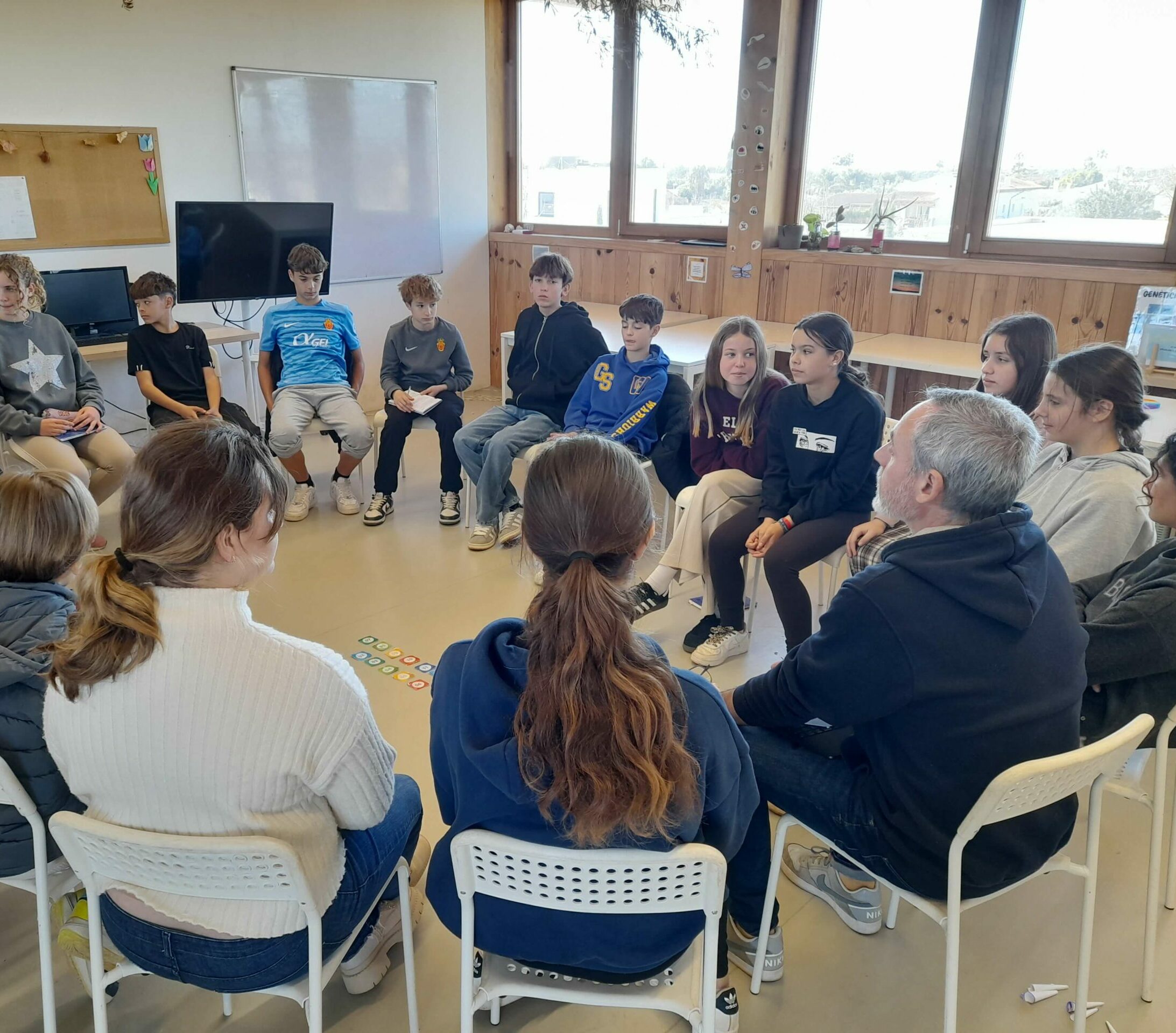
Pedagogical materials
Any learning happens through three processes: first, a manipulative aspect; then a pictorial understanding; and finally, an abstract knowledge that allows us to integrate and explain what we’ve learned. For this reason, we design our spaces with specific pedagogical materials tailored to each learning objective in each curricular subject. We usually work with playful and appealing materials from Montessori and Waldorf pedagogical currents, among others, arranged either fixed or movable in the environments according to the group’s rhythm and needs.
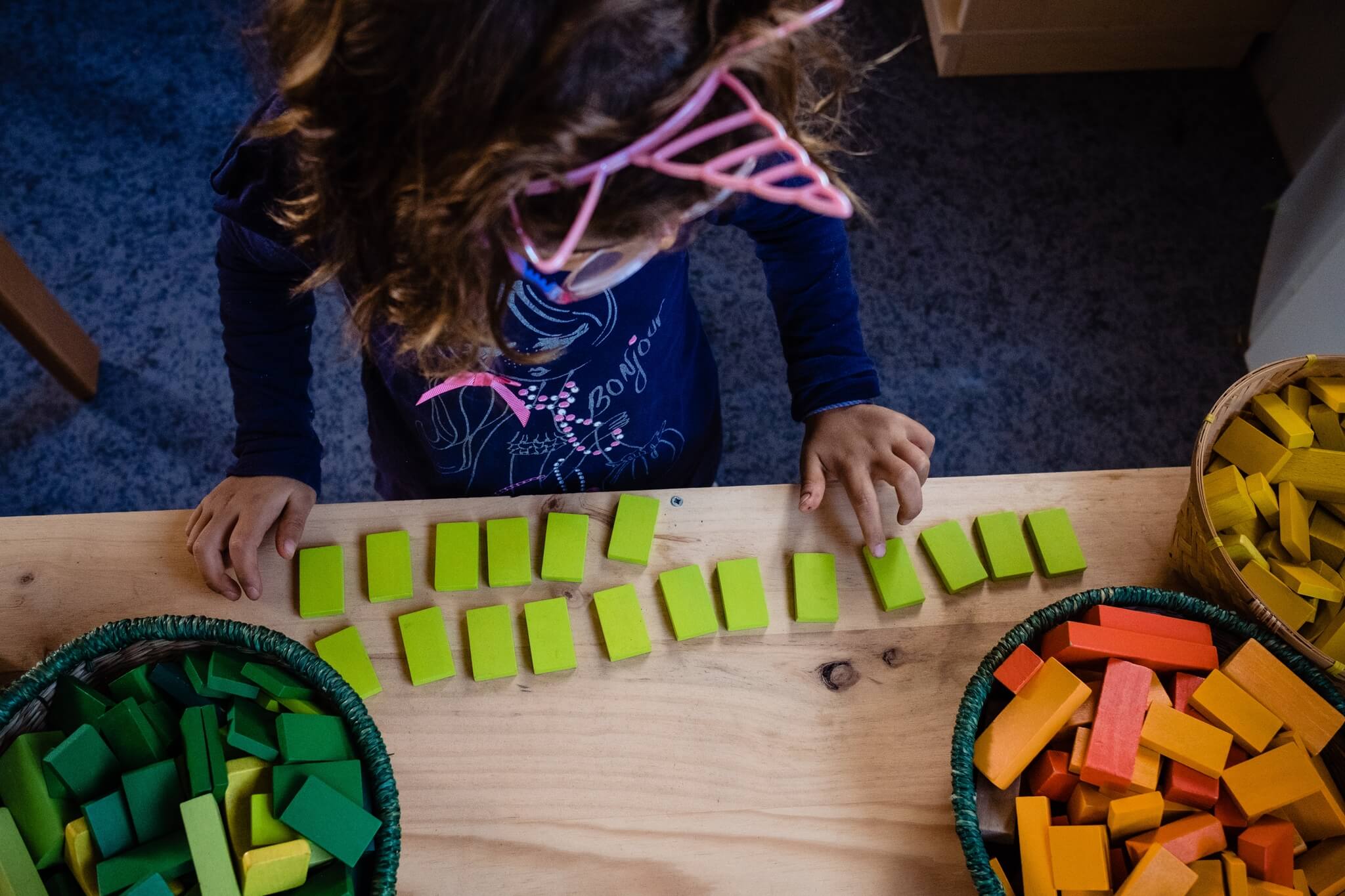
Tutoring
Each tutor is responsible for monitoring a portion of the students in their assembly. This goal is achieved through a weekly meeting with the child to share their learning status and discuss emotional aspects from the close, non-judgmental perspective of this important adult in their life—the tutor. Together, they set short- and long-term goals so the child can navigate each stage competently and with support, be an active participant in their learning, detect potential difficulties early, feel supported by an adult when needed, and receive guidance in their development and emotional well-being at each stage.
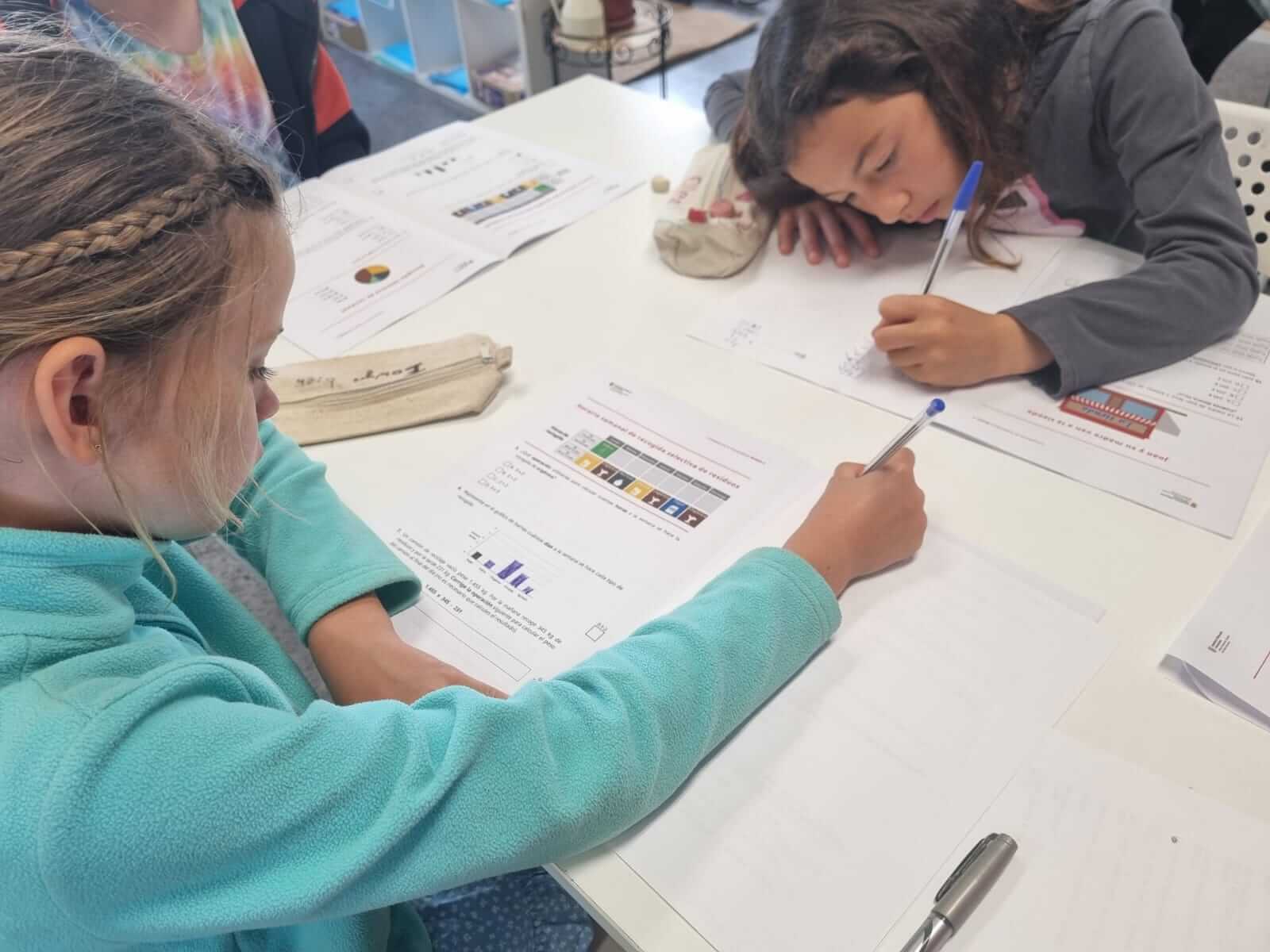
Platform
We have designed our own registration platform to monitor the progress of the students we support. It is a pioneering and sophisticated internal tool that not only allows us to record observational details in real time, but also enables our team to share educational experiences with students we do not personally tutor. This collaborative approach allows us to create detailed reports—academic, skills-based, social, and emotional—grounded in the collective perspective of a team that functions as a unified whole, serving the learning process of our children in a transversal and multidisciplinary way.
The same tool also serves as a communication platform with families, keeping them up to date with school news, allowing them to easily and intuitively track their children’s progress, and managing all administrative and permission-related matters that may be required.
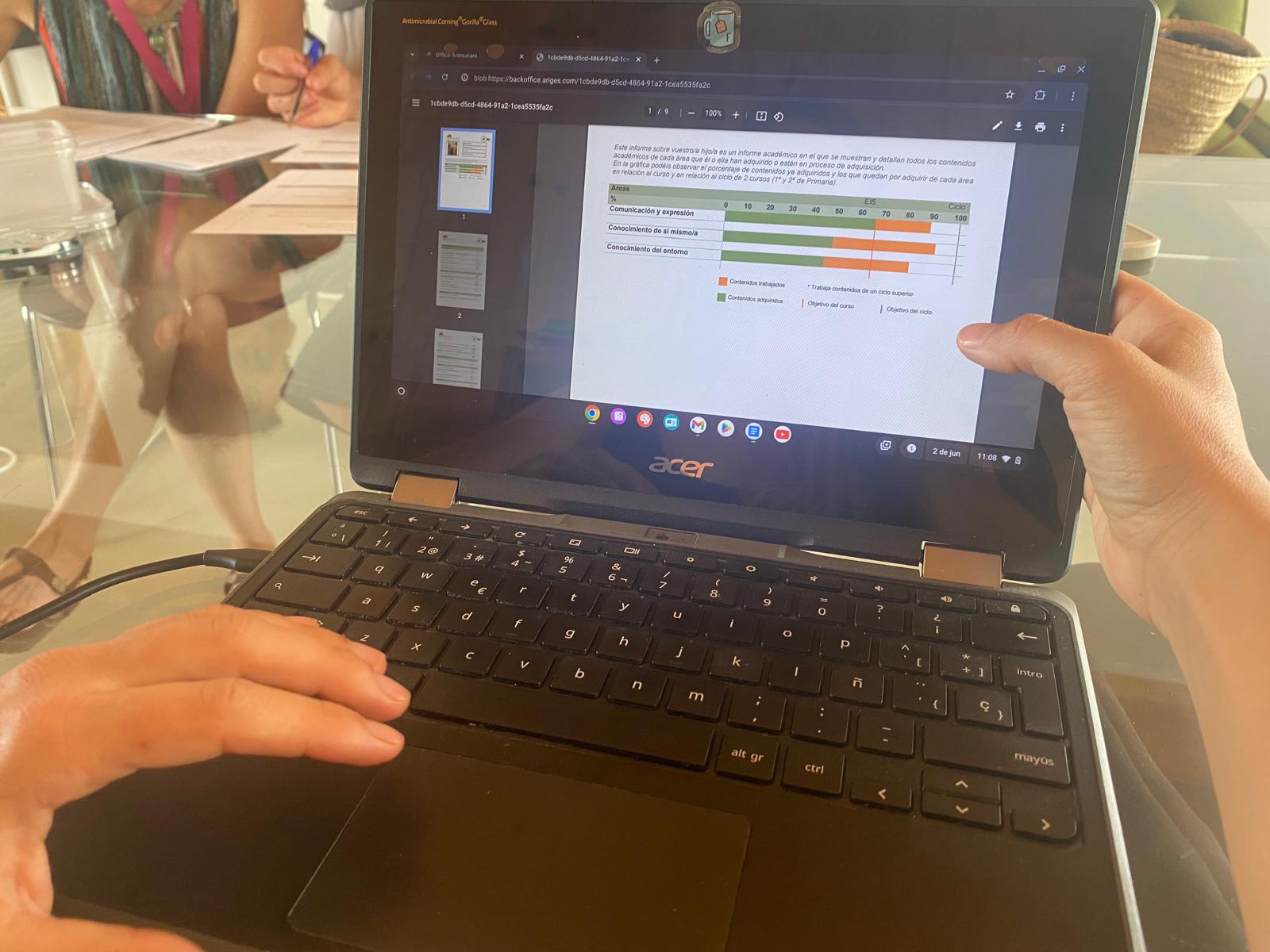

Trilingualism
We are a trilingual school. We work to create an organic immersion in our official languages (Spanish and Catalan) as well as English. At each stage, representatives of each of the three languages will support the development of the students, attending to their individual rhythms and the needs of each group.
Besides working on the languages academically, everything that each language representative does (assembly, workshops, environments, etc.) is carried out in their respective language, allowing children to continuously use and practice all three languages.
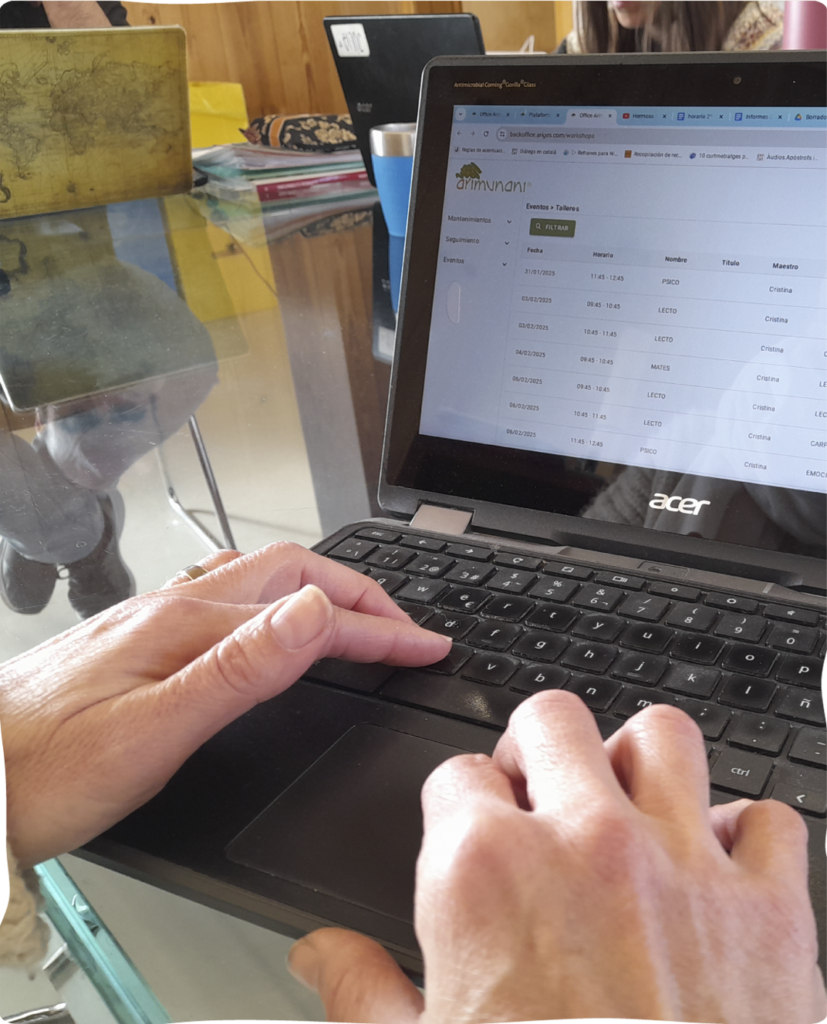
Ratios
We work with low ratios in order to maintain the level of observation and care that we strive for. It is precisely this small number of students that allows us to ensure the TRUE INTEGRATION of concepts through close and effective communication at all levels.
The ratio we apply is a maximum of 12.5 children per tutor. In this way, we ensure the attention we seek and approach language immersion in TRILINGUALISM organically and naturally.

Rhythms
Each child is a unique and unrepeatable being, with their own rhythms, talents, preferences, and needs. At Arimunani, we attend to each child individually, respecting these rhythms and fostering a safe and nurturing environment for their growth. Through tutoring and individualized follow-up, we set real goals adapted to each child, involving them in their own development, thus reinforcing their self-esteem and making them the protagonist of their learning.
Attention to diversity
We have a psychopedagogical office as a guarantee of care for childhood and youth and to address diversity. Each child is unique and important, and whether they have educational needs or not, we respectfully and individually support their individuality. After study and analysis, we design an action plan to address the degree of need the child may have. We work alongside the family to establish, if necessary, supports that ensure their child’s development, continuously monitoring and adjusting to their needs at each stage.
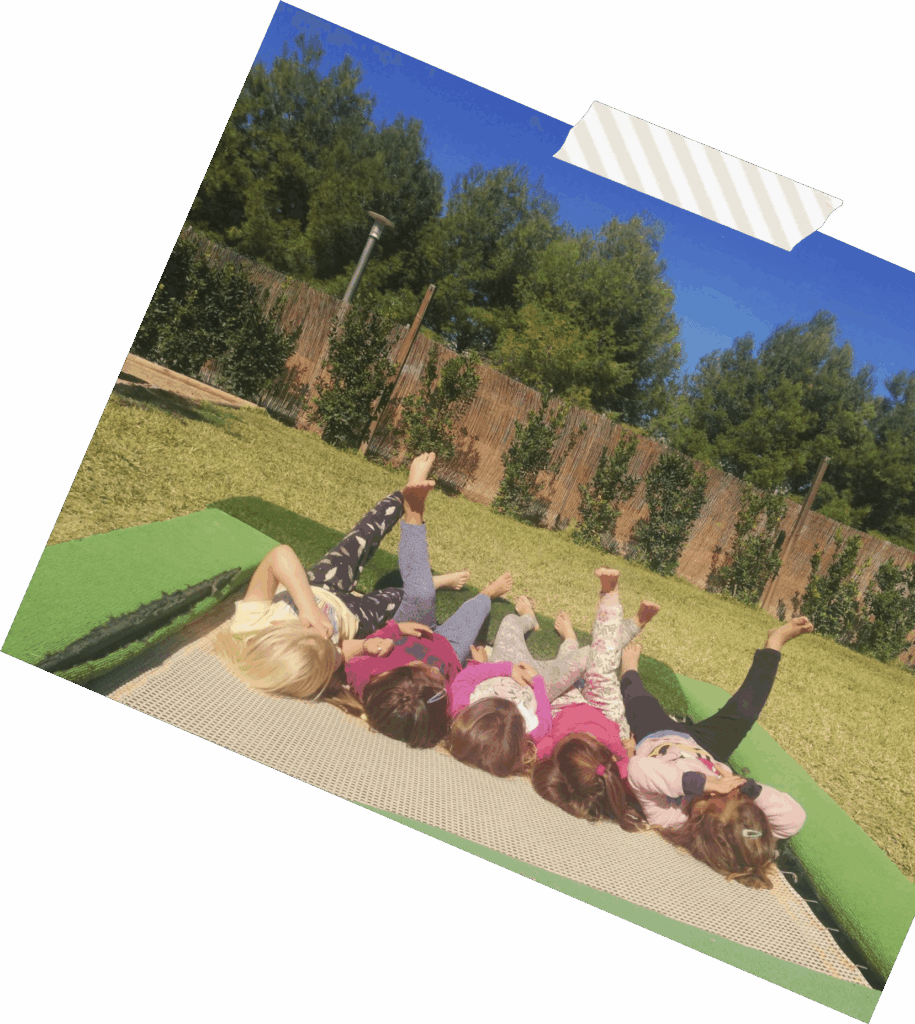
Conscious eating

We firmly believe that nutrition is an important pillar of a child’s development, not only because it helps them grow healthy but because it directly affects their brain activity for optimal learning integration.
We promote conscious eating by fostering gastronomy based on local and seasonal products, responsible consumption without food waste, and the variety and cultural richness of our offerings.
We know that cooking is one of the greatest acts of love there is, and for this reason, our kitchen team prepares delicious meals daily in our facilities, designed for children who know and understand what they are eating, attending to possible dietary needs and caring for their health and development from within.
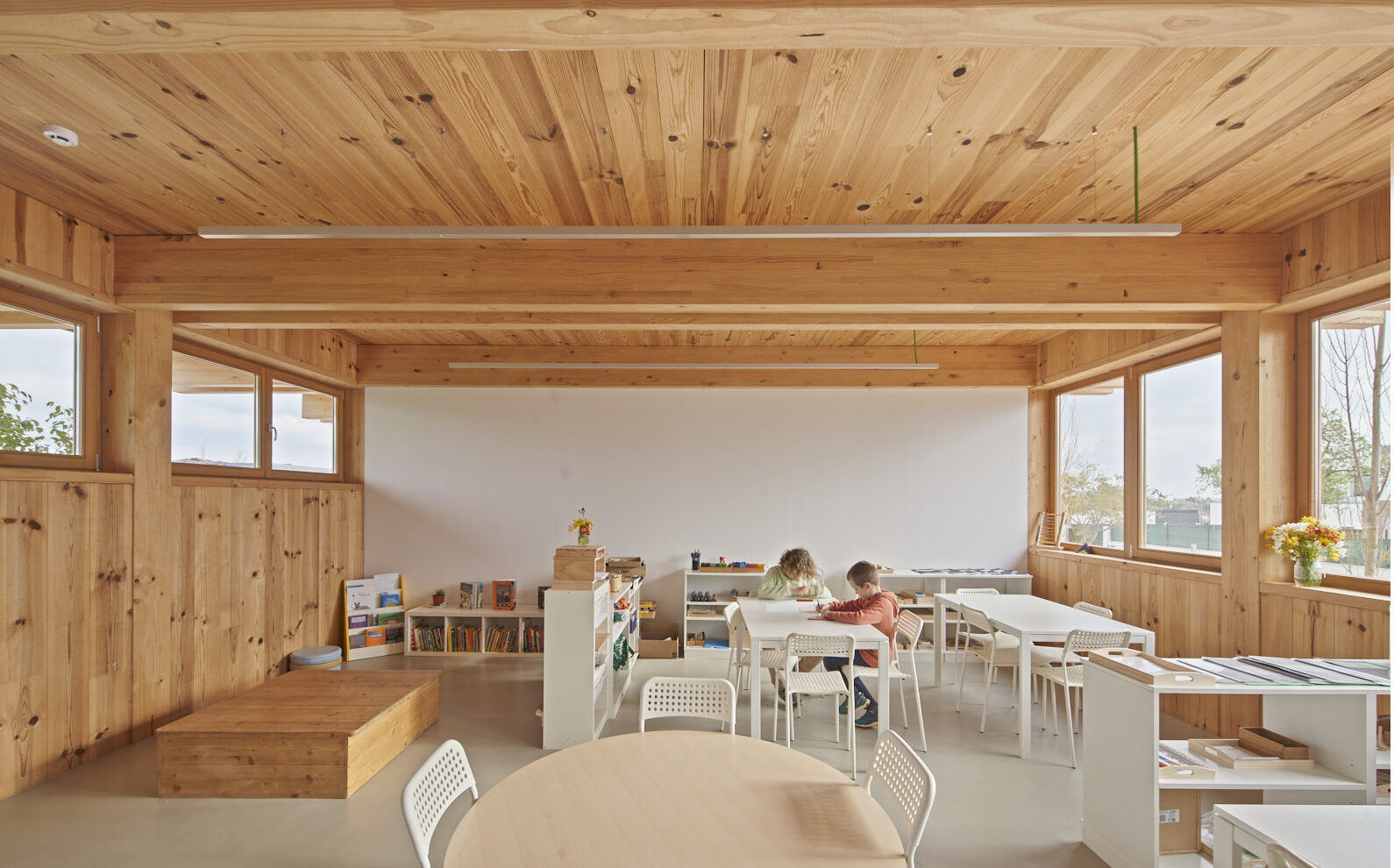
Architecture serving learning
We work in spacious and bright environments that favor concentration, imagination, and autonomous, multidisciplinary learning.
Our school is built with respect for the planet, caring for ecosystems, and working with biosphere materials to serve emotion. Upon entering its classrooms, children immediately feel a state of calm and comfort that directly impacts their concentration and performance.

